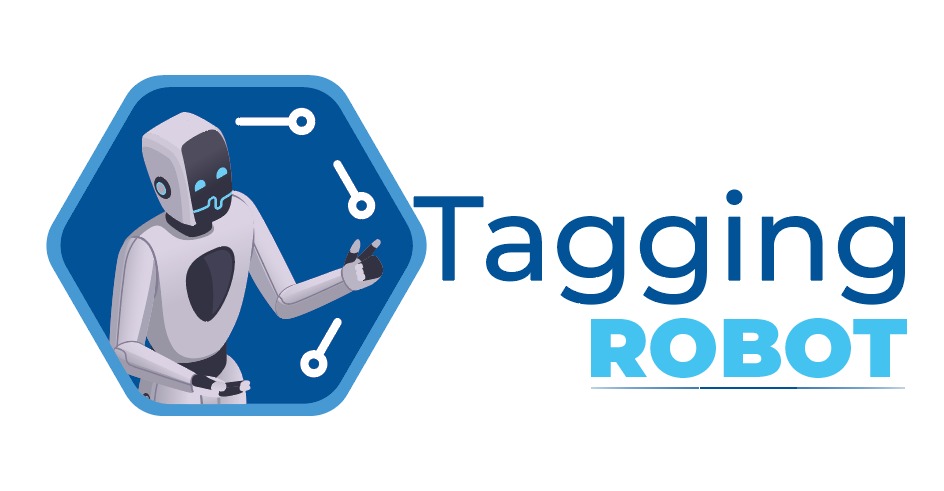Introduction
In the world of networking and computer science, certain terms and addresses hold significant importance due to their roles in ensuring smooth operations and communications between devices and applications. One such address is 127.0.0.1, often referred to as localhost. When combined with a specific port number, such as 62893, this address becomes a gateway to various applications and services running on a local machine. This article delves into the details of 127.0.0.1:62893, exploring its significance, uses, and the broader context of networking.
Understanding 127.0.0.1
What is 127.0.0.1?
127.0.0.1 is an IPv4 loopback address used to establish a connection to the same machine or computer a user is working on. When you direct traffic to 127.0.0.1, you’re essentially pointing it back to your own device. This address is crucial for testing and development purposes because it allows developers to run servers and clients on the same machine without needing an active internet connection.
Why Use 127.0.0.1?
- Testing and Development: Developers use
127.0.0.1to test applications locally before deploying them to a live server. This local environment simulates how the application will behave in the real world. - Security: Running applications on
127.0.0.1ensures that they are not exposed to the external network, reducing security risks during development. - Performance: Localhost interactions are typically faster because they do not need to travel over the internet or through external networks.
Port Numbers and Their Significance
What is a Port Number?
A port number is a numerical identifier in networking used to specify particular processes or services. Ports range from 0 to 65535, with certain ranges designated for specific uses. For example, ports 0-1023 are well-known ports assigned to standard services like HTTP (port 80) and HTTPS (port 443).
Why 62893?
The port number 62893 falls within the dynamic or private port range (49152-65535). These ports are generally used for temporary purposes or custom applications. When an application binds to this port on 127.0.0.1, it means that the service or process is accessible locally at this specific port.
Practical Applications of 127.0.0.1:62893
Local Development and Testing
One of the primary uses of 127.0.0.1:62893 is for local development and testing. Developers can run web servers, databases, and other services on this address and port, ensuring that their applications function correctly before deployment. For instance, a web developer might start a local web server on 127.0.0.1:62893 to test a website or application in a controlled environment.
Custom Applications
Custom applications often require specific port configurations to avoid conflicts with other services. By using 127.0.0.1:62893, developers can ensure that their applications are isolated and do not interfere with other running processes.
Network Configuration and Debugging
Network administrators and engineers use loopback addresses and specific ports to configure and debug network settings. By binding services to 127.0.0.1:62893, they can simulate network conditions and troubleshoot issues without affecting the broader network.
Security Implications
While 127.0.0.1 is inherently secure because it does not expose services to the external network, it’s still important to be cautious. Misconfigured applications or services can lead to vulnerabilities, even on localhost. Developers should ensure proper security measures, such as authentication and encryption, are in place when running services on 127.0.0.1:62893.
Conclusion
The combination of 127.0.0.1 and port 62893 represents a powerful tool for developers, network administrators, and IT professionals. It offers a secure, efficient, and flexible environment for local development, testing, and debugging. Understanding the nuances of how and why to use this address and port can significantly enhance the effectiveness of various networking and development tasks. As with any tool, proper knowledge and cautious application ensure the best outcomes and maintain the integrity and security of the local machine and its processes.
FAQs: 127.0.0.1:62893
1. What is 127.0.0.1:62893?
127.0.0.1:62893 refers to a specific address and port combination used for local network communications. 127.0.0.1 is the loopback address for the local machine, while 62893 is a dynamically assigned port number.
2. Why use 127.0.0.1?
127.0.0.1 is used for testing and development purposes because it directs traffic back to the same machine. This allows developers to run servers and clients locally, ensuring applications work correctly without needing an internet connection.
Also Read: Exploring Picnob: The Ultimate Instagram Viewer and Downloader
3. What does the port number 62893 signify?
The port number 62893 falls within the dynamic or private port range (49152-65535). It is typically used for temporary or custom applications, allowing specific services to run without interfering with other processes.
4. How do I use 127.0.0.1:62893 for development?
To use 127.0.0.1:62893 for development, configure your application to listen on this address and port. For example, a web server could be set to bind to 127.0.0.1 on port 62893, allowing you to test the server locally.
5. Is 127.0.0.1:62893 secure?
Yes, using 127.0.0.1 is secure for development purposes because it does not expose services to the external network. However, it is important to implement proper security measures, such as authentication and encryption, to protect against potential vulnerabilities.
6. Can I access 127.0.0.1:62893 from another device?
No, 127.0.0.1 is the loopback address for the local machine and cannot be accessed from external devices. It is specifically meant for local communications within the same machine.
7. What are common uses of 127.0.0.1:62893?
Common uses include:
- Local Development and Testing: Running web servers, databases, and other services locally.
- Custom Applications: Ensuring isolation and avoiding port conflicts.
- Network Configuration and Debugging: Simulating network conditions and troubleshooting issues.
8. How do I check if 127.0.0.1:62893 is in use?
You can use command-line tools like netstat or lsof to check if a specific port, such as 62893, is in use on 127.0.0.1. For example, netstat -an | grep 62893 can show if the port is active.
9. What should I do if 127.0.0.1:62893 is not accessible?
Ensure that your application is correctly configured to listen on 127.0.0.1:62893. Check for firewall settings or security software that might be blocking the port. Also, ensure no other application is using the same port.
10. Can I change the port number from 62893 to another port?
Yes, you can change the port number if 62893 is not suitable or is already in use. Choose another port within the dynamic range (49152-65535) to avoid conflicts with well-known ports.
11. Are there any alternatives to using 127.0.0.1?
For local development, alternatives include using other loopback addresses (like localhost or ::1 for IPv6). However, 127.0.0.1 is the most commonly used loopback address.
12. What tools can I use to interact with services on 127.0.0.1:62893?
Common tools include web browsers, curl, Postman for APIs, and command-line utilities like telnet or nc (netcat) for testing connectivity and interactions with services on 127.0.0.1:62893.


Leave a Reply